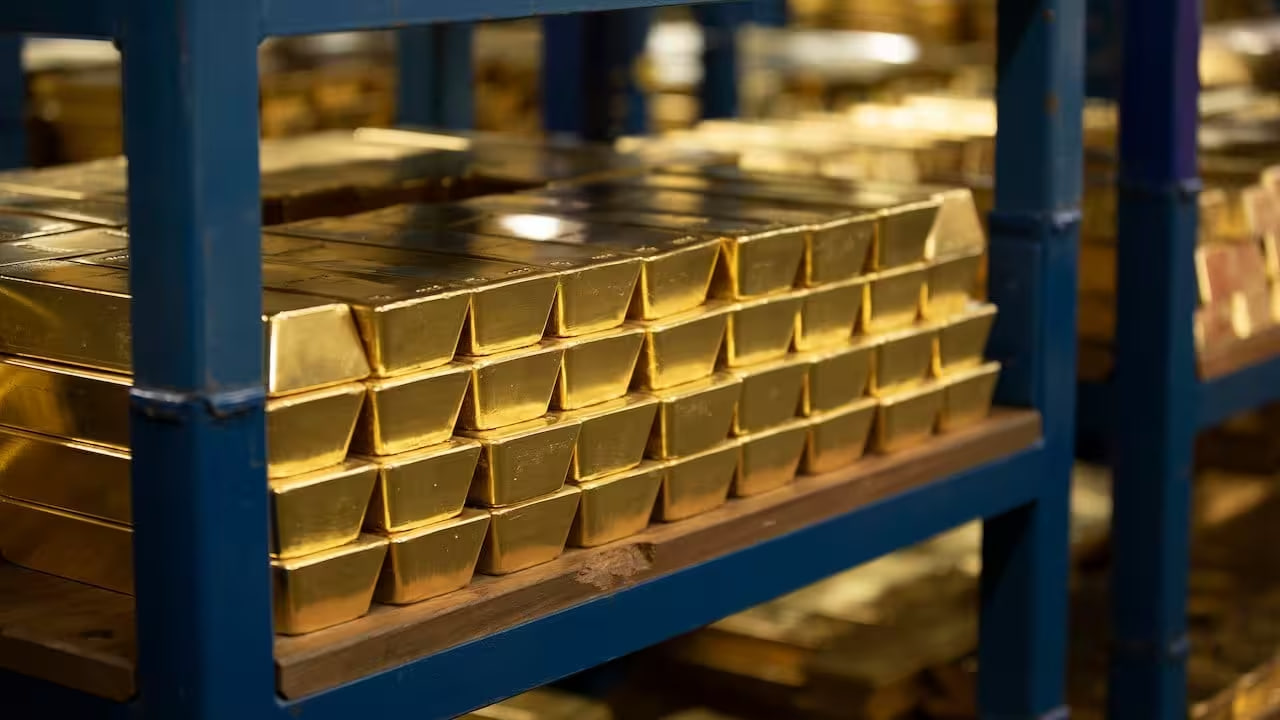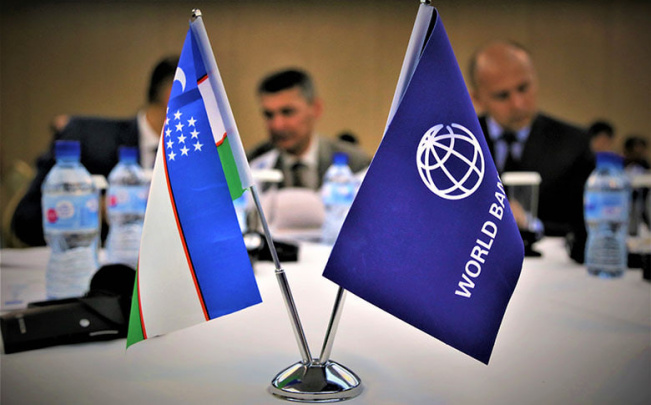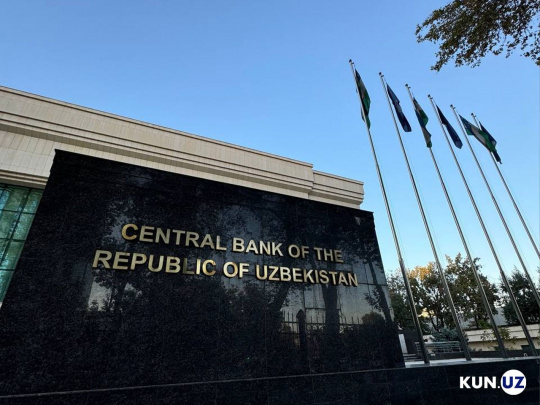World Gold Council: Uzbekistan tops global gold sales in early 2025
Since the beginning of 2025, Uzbekistan has sold more gold than any other country in the world, according to the latest analysis by the World Gold Council.

Photo: Reuters
Gold reserves increasing globally
In May 2025, central banks around the world increased their combined gold reserves by 20 tons. Although this figure is 4 tons higher than in April, the pace of gold purchasing has slowed down.
Kazakhstan’s National Bank was the world’s largest gold buyer in May, adding 7 tons to its reserves. Since the beginning of the year, the country's gold holdings have grown by 15 tons, reaching a total of 299 tons.
Turkey’s Central Bank followed closely, purchasing 6 tons in May, bringing its year-to-date total to 15 tons.
Poland’s National Bank (NBP) also added 6 tons of gold in May. With nearly 67 tons added to its reserves since January 2025, Poland has become the largest gold buyer globally this year.
In late spring, the People’s Bank of China and the Czech National Bank each bought 2 tons. The central banks of Kyrgyzstan, Cambodia, the Philippines, and Ghana purchased 1 ton each.
Leading gold sellers
In May, Singapore led global gold exports by selling 5 tons. It was followed by the Central Bank of Uzbekistan and the Bundesbank of Germany, each selling 1 ton.
Uzbekistan remains the world’s largest gold seller so far in 2025. In the first half of the year, the country exported nearly 27 tons of gold. According to the National Statistics Committee, Uzbekistan exported $6.6 billion worth of gold between January and May, accounting for approximately 43.8% of the country’s total export revenue. This marks a 56.9% increase compared to the same period in 2024.
As of July 1, 2025, Uzbekistan’s gold reserves stood at 355.5 tons, with an estimated value of $37.6 billion. At the beginning of the year, the country held 382.5 tons.
Singapore was the next-largest seller this year, having exported 10 tons of gold since January.
Demand for gold on the rise
The report notes that gold is becoming increasingly important as a strategic asset for central banks. Many see it as a tool for portfolio diversification and protection against financial risk. In addition, several countries are turning to gold to reduce dependence on the US dollar.
“The recent geopolitical tensions in the Middle East have further enhanced gold’s strategic value, as many central banks consider it a safeguard against political risks,” the report states.
The World Gold Council also emphasized the growing interest in gold among global central banks in its 2025 survey.
“Globally, gold remains a focal point for central banks. 95% of respondents believe that official gold reserves will continue to increase — up from 81% last year. Meanwhile, 43% of central banks (compared to 29% in 2024) expect to grow their gold reserves in the next 12 months,” the council reported.
The desire to increase reserves is especially strong among emerging-market central banks, compared to their counterparts in developed countries. The main reasons cited were gold’s role in diversification and its reputation as a safe-haven asset during inflation and crisis periods.
Over the past three years, central banks have been purchasing more than 1,000 tons of gold annually, well above the previous decade’s average of 400–500 tons per year.
Additionally, 76% of survey participants expect the share of gold in total reserves to rise either moderately or significantly over the next five years — compared to 69% in 2024. 73% of respondents also anticipate a decline in the share of US dollar reserves.
Related News

17:16 / 02.07.2025
World Bank: Uzbekistan needs more exports, less state control to sustain growth

12:15 / 02.07.2025
IMF: Uzbekistan’s public-private partnerships could burden future budgets

17:35 / 01.07.2025
Central Bank bans automatic loan deductions from social benefits without citizens’ consent

20:06 / 30.06.2025



